Do you want to know about the poorest countries in the world? Global poverty is an enduring issue, with nearly 9.2% of the world’s population living on less than $1.90 a day, the international poverty line set by the World Bank. This stark statistic reveals a world where millions struggle for basic necessities like food, shelter, and healthcare.
Understanding which countries are the poorest and the reasons behind their poverty is crucial for international efforts aimed at alleviating suffering and promoting sustainable development. Certain nations still face severe poverty, despite the abundant global wealth. This article lists the top ten poorest countries in the world in 2024 by the lowest Gross Domestic Product (GDP) per capita.
Poorest Countries in the World by GDP Per Capita PPP (2024)
According to the International Monetary Fund (IMF) estimates as of February 21, 2024, the list identifies the poorest countries in the world based on their GDP per capita PPP in 2024. The economies at the lower end primarily consist of smaller, less influential countries situated in difficult regions. Nations such as Liberia and Chad face numerous challenges, including a scarcity of resources, frail financial systems, and disadvantageous tax policies, all of which dissuade foreign investment and inhibit growth.
Moreover, even more sizable countries, such as the Democratic Republic of the Congo and Mozambique, are battling poverty issues caused by ongoing internal disputes, political turmoil, and a lack of sufficient infrastructure, which stifle their economic advancement.
| # | Country | GDP Per Capita (PPP) |
| 1 | South Sudan | $492.72 |
| 2 | Burundi | $936.42 |
| 3 | Central African Republic (CAR) | $1,140.00 |
| 4 | Democratic Republic of the Congo (DRC) | $1,570.00 |
| 5 | Mozambique | $1,650.00 |
| 6 | Malawi | $1,710.00 |
| 7 | Niger | $1,730.00 |
| 8 | Chad | $1,860.00 |
| 9 | Liberia | $1,880.00 |
| 10 | Madagascar | $1,990.00 |
We will delve deeper into these poorest countries in the world to understand the fundamental factors that contribute to their fiscal difficulties.
Related Read: Happiest Countries in the World
Top 10 Poorest Countries in the World in 2024
1. South Sudan

Since declaring independence in July 2011, the Republic of South Sudan has faced ongoing conflicts, significant displacement, and escalating humanitarian crises. By 2021, the World Bank reported that approximately 76% of the population in South Sudan lives in extreme poverty, with an average life expectancy of only 58 years. The extensive displacement has exacerbated the struggles of the population, with over 2.3 million South Sudanese refugees living in other countries and around 1.74 million displaced within their own nation.
Concern Worldwide began its humanitarian efforts in South Sudan even before the nation became independent. In order to meet the increasing demands, it has implemented a mix of emergency response and long-term development projects, paying particular attention to improving maternal and child health and tackling the severe hunger crisis in South Sudan.
2. Burundi
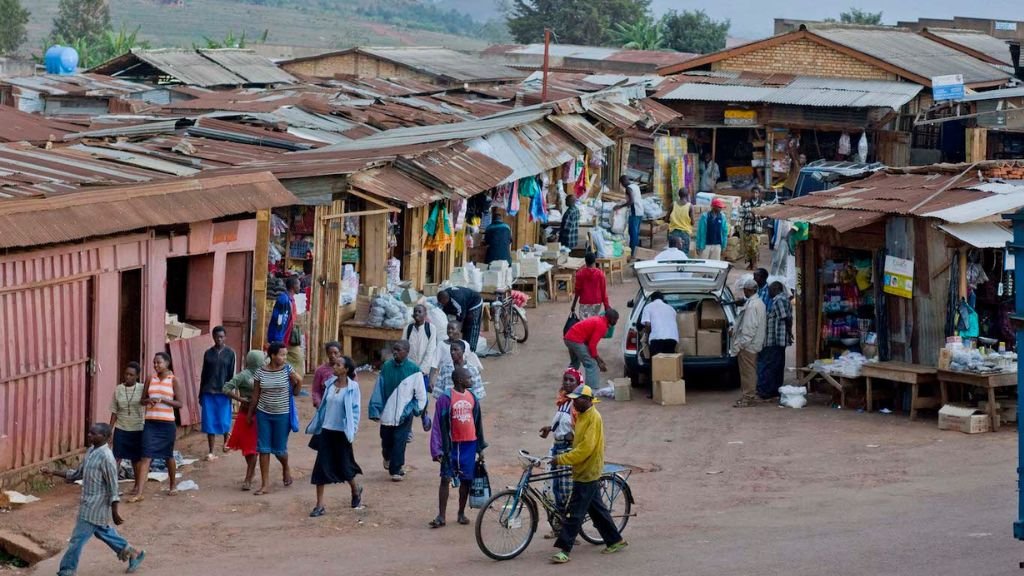
Burundi, a small landlocked nation, suffers from a scarcity of natural resources and the aftermath of a devastating 12-year civil war, placing it as the world’s second-poorest country. Around 80% of its estimated 13 million inhabitants depend on subsistence farming, leading to food insecurity rates nearly double those of the average sub-Saharan African nation.
Additionally, the country faces severe shortages in water and sanitation services, with less than 5% of its population having access to electricity. President Evariste Ndayishimiye has been proactive in efforts to boost the economy and mend diplomatic ties, resulting in the resumption of aid from the United States and the European Union in 2022 after financial sanctions were lifted. However, despite economic growth, the country is battling an inflation rate expected to reach around 16% this year.
3. Central African Republic
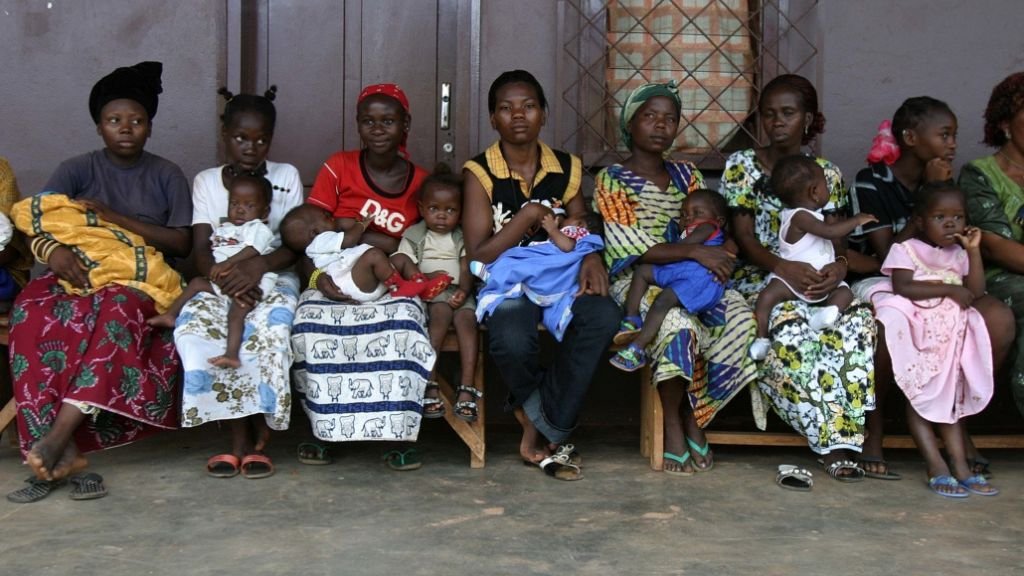
The Central African Republic (CAR) is frequently cited as one of the world’s most severely food-insecure countries, enduring a decade of conflict that has precipitated a vast, albeit underreported, humanitarian crisis. The violence that began in 2012 intensified significantly in 2017 and worsened following the general elections in December 2020, largely unnoticed by American media outlets.
Since early 2013, ethnic and sectarian violence has transformed a silent emergency in CAR into a multifaceted humanitarian disaster, adversely impacting the livelihoods and living conditions of more than half of its 4.6 million people. This conflict has driven over half a million residents to seek refuge in neighboring countries and increased the number of those in need by 13% since March 2018. CAR also records one of the highest child mortality rates globally.
The dire link between hunger and poverty is evident, with an average life expectancy of just 54 years and 45% of the population struggling with food insecurity. The country ranks among the most dangerous for mothers, with a maternal mortality rate of 1,000 per 100,000 live births. In response, since mid-2014, Concern Worldwide has initiated programs in Bangui and Ombella M’Poko prefectures focused on livelihoods, food security, water, and sanitation to assist those affected by the ongoing violence.
Also Read: Wealthiest Countries in the World
4. Democratic Republic of the Congo (DRC)
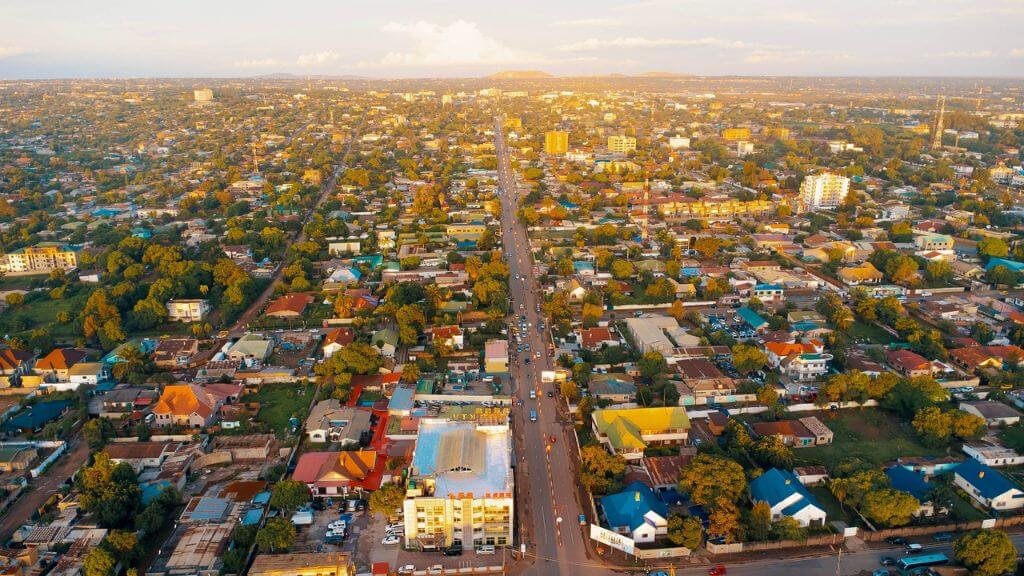
The DRC has experienced continuous turmoil since its independence from Belgium in 1960, characterized by a harsh dictatorship, political upheaval, and ongoing violence, consistently placing it among the poorest nations globally. An estimated 65% of its nearly 100 million population lives on less than $2.15 a day.
However, according to the World Bank, the DRC possesses the necessary resources and potential to emerge as one of the wealthiest countries in Africa and a pivotal growth engine for the continent. It is already the leading global producer of cobalt and the foremost supplier of copper in Africa, critical components in manufacturing electric vehicles.
5. Mozambique
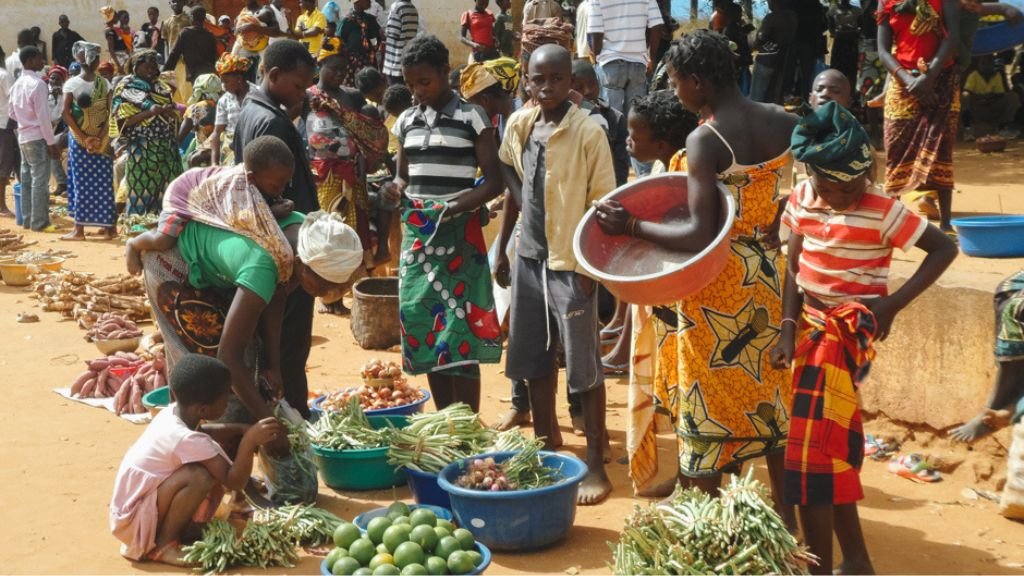
Mozambique, endowed with abundant natural resources, is on the path to becoming one of the fastest-growing economies in Africa. Despite this potential, the country is still overcoming the repercussions of a 16-year civil war that started in 1975, coinciding with its independence from Portugal, and concluded in 1992. The economic impacts of the COVID-19 pandemic, coupled with the devastating effects of Cyclone Idai in 2019, have further challenged its progress. The World Bank reports a Gross National Income (GNI) per capita of $1,310 and an average life expectancy of 61 years.
6. Malawi
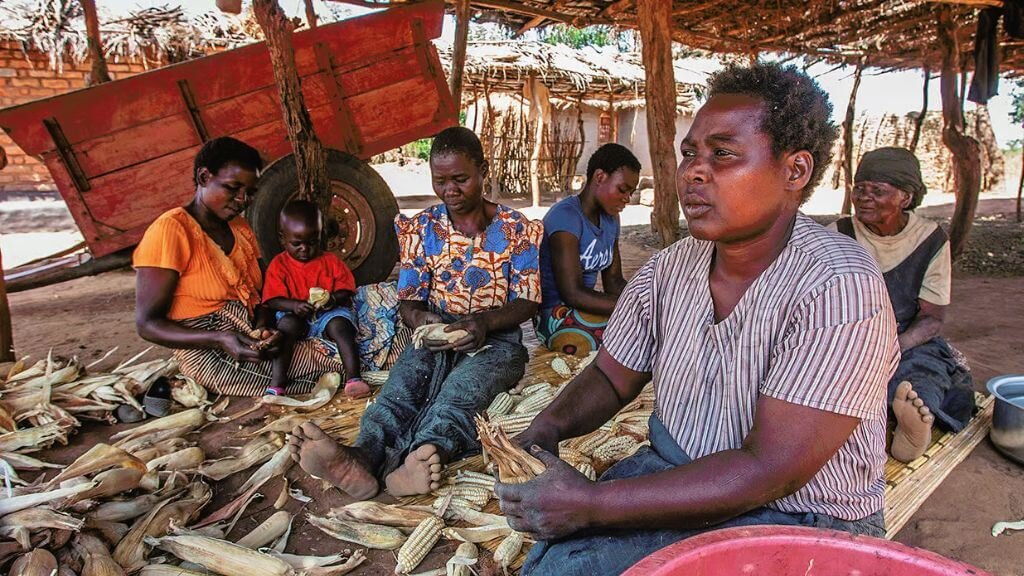
Malawi, one of the smallest countries in Africa, has an economy that heavily relies on agriculture dependent on rainfall, leaving it susceptible to climatic shocks. The country faces significant food insecurity, especially in rural areas. Since achieving independence from Britain in 1964, Malawi has maintained stable governance.
In 2020, the constitutional court overturned the election victory of former president Peter Mutharika due to allegations of vote rigging. Lazarus Chakwera, a theologian and politician, was sworn in as his successor with a promise to lead the nation towards prosperity. However, the implementation of structural reforms has been gradual. Currently, Malawi faces an economic crisis characterized by fuel shortages, rising food prices, and a significant devaluation of its currency.
Read More: Largest Country in the World
7. Niger
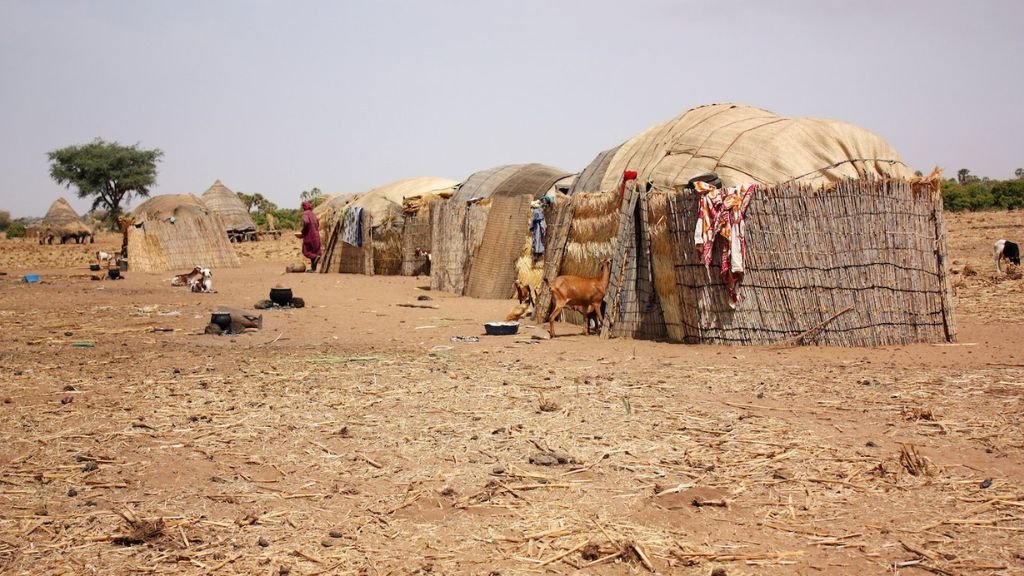
Niger, with 80% of its territory engulfed by the Sahara Desert and a booming population reliant on small-scale farming, faces the challenge of desertification. High levels of food insecurity, disease, and mortality are prevalent. The military confrontations with the Islamic State (ISIS) affiliate Boko Haram have resulted in mass displacements.
In 2021, Niger celebrated its first democratic transfer of power with the inauguration of Mohamed Bazoum, a former teacher and interior minister, as president. The economy showed a promising growth of 12% in 2022. However, in the summer of 2023, Bazoum was overthrown and detained by his own presidential guard, leading to the establishment of military rule.
8. Chad
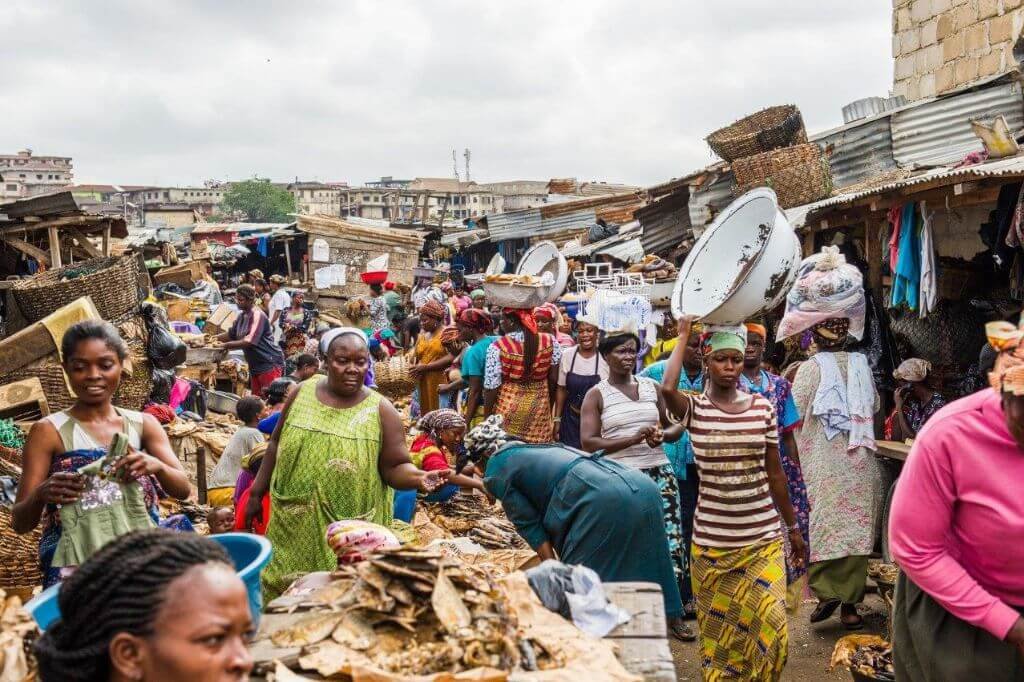
Despite possessing a $4 billion pipeline connecting its oil fields to coastal terminals, Chad remains one of the poorest countries in the World due to inadequate infrastructure and ongoing conflicts. Nearly half of the population, according to World Bank statistics from 2011, lives in economic vulnerability exacerbated by conflict and climate change. The country’s GDP per capita stands at $1,540, with an average life expectancy of 55 years.
Since 2007, Concern has been active in Chad, intensifying its efforts over the past five years in response to the worsening conditions that have plunged 42% of the population below the poverty line. The organization’s focus in the Lake Chad region and the eastern Sila region is on addressing the humanitarian needs of displaced communities through health and nutrition programs and enhancing community resilience to future disasters.
9. Liberia
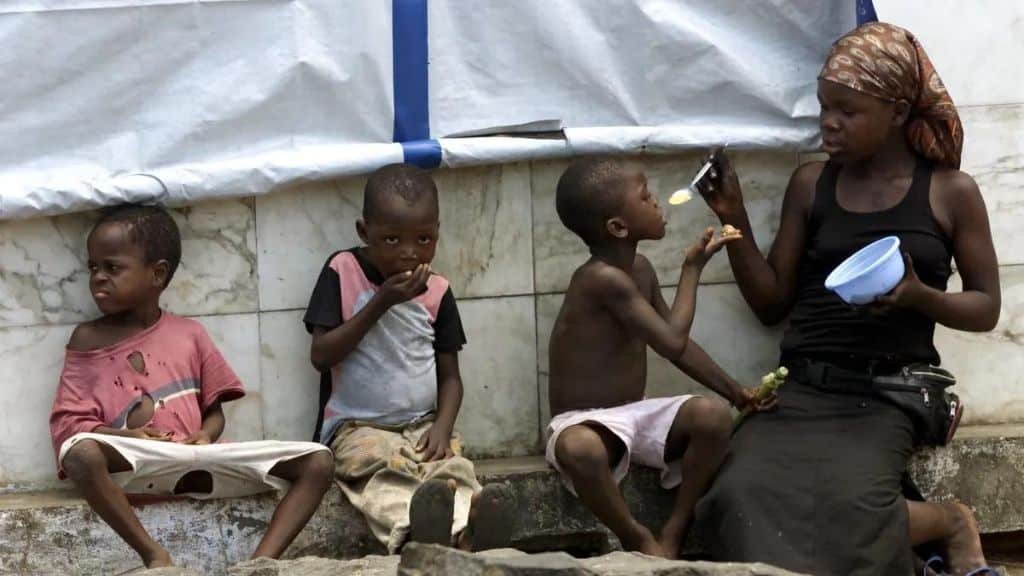
The persistent poverty in Liberia can be attributed to its history of violent conflicts, including civil wars and the Ebola outbreak, which have led to fragile infrastructure and scarce services. This disruption has also negatively impacted agriculture, leading to widespread food insecurity. Organizations such as the World Food Programme are actively working towards poverty reduction in Liberia by fostering sustainable development and investing in education and healthcare to secure a better future for the nation.
Read Also: Safest Countries in The World
10. Madagascar
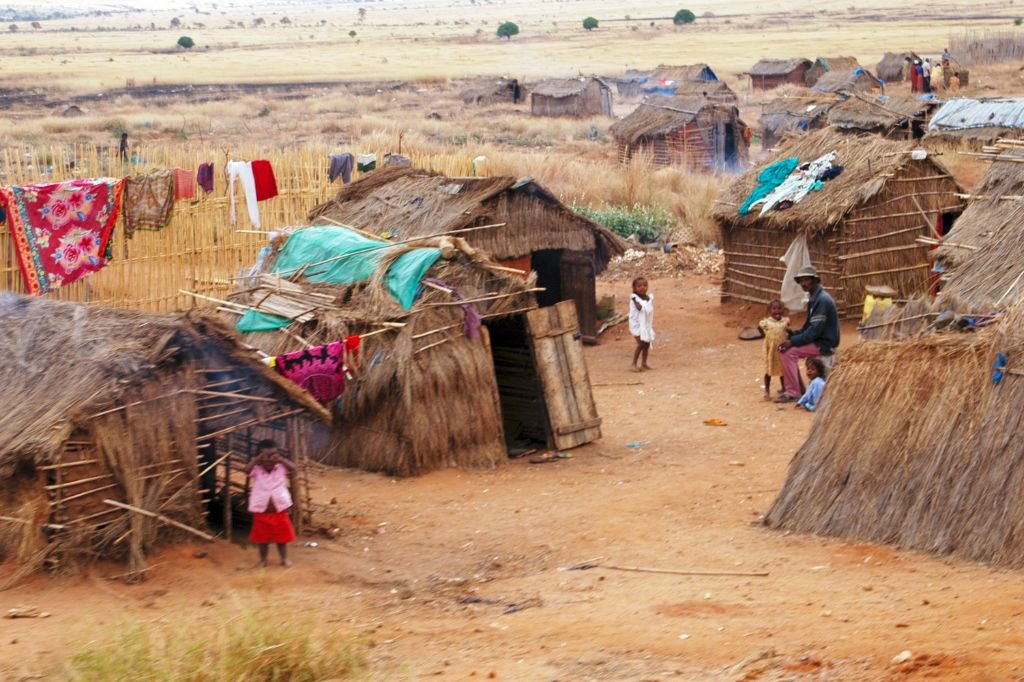
Since its independence from France in 1960, Madagascar has been plagued by political unrest, including violent overthrows and contested elections. President Andry Rajoelina, elected in 2019, pledged to fight corruption, alleviate poverty, and stimulate economic development. However, these promises have largely remained unfulfilled, with Madagascar continuing to suffer from one of the world’s highest poverty rates at around 75%, alongside slow economic growth and an inflation rate of approximately 10%.
Compounding these challenges, Madagascar has faced a series of unprecedented events. These include the economic and social fallout from the Covid-19 pandemic, a famine in 2021 described by the United Nations as the world’s first climate change-induced famine, and a surge in food prices in 2022 following the disruption of grain deliveries from Ukraine due to the Russian invasion, further exacerbating the hardships faced by the island’s population.
Conclusion
Addressing the profound challenge of poverty in the poorest countries in the world is not only a moral imperative but also essential for global stability and prosperity. The complexities of poverty require a multifaceted and cooperative approach that includes governments, non-profits, and individuals working together towards sustainable solutions. By understanding the underlying issues, contributing in tangible ways, and fostering a spirit of global cooperation and compassion, we can make strides toward ending global poverty. Each action, no matter how small, contributes to a larger wave of change that can improve the lives of millions.


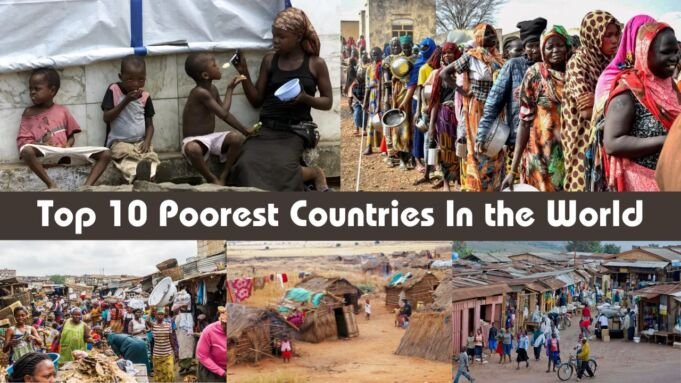













[…] Read: Top 10 Poorest Countries in the World […]
Comments are closed.